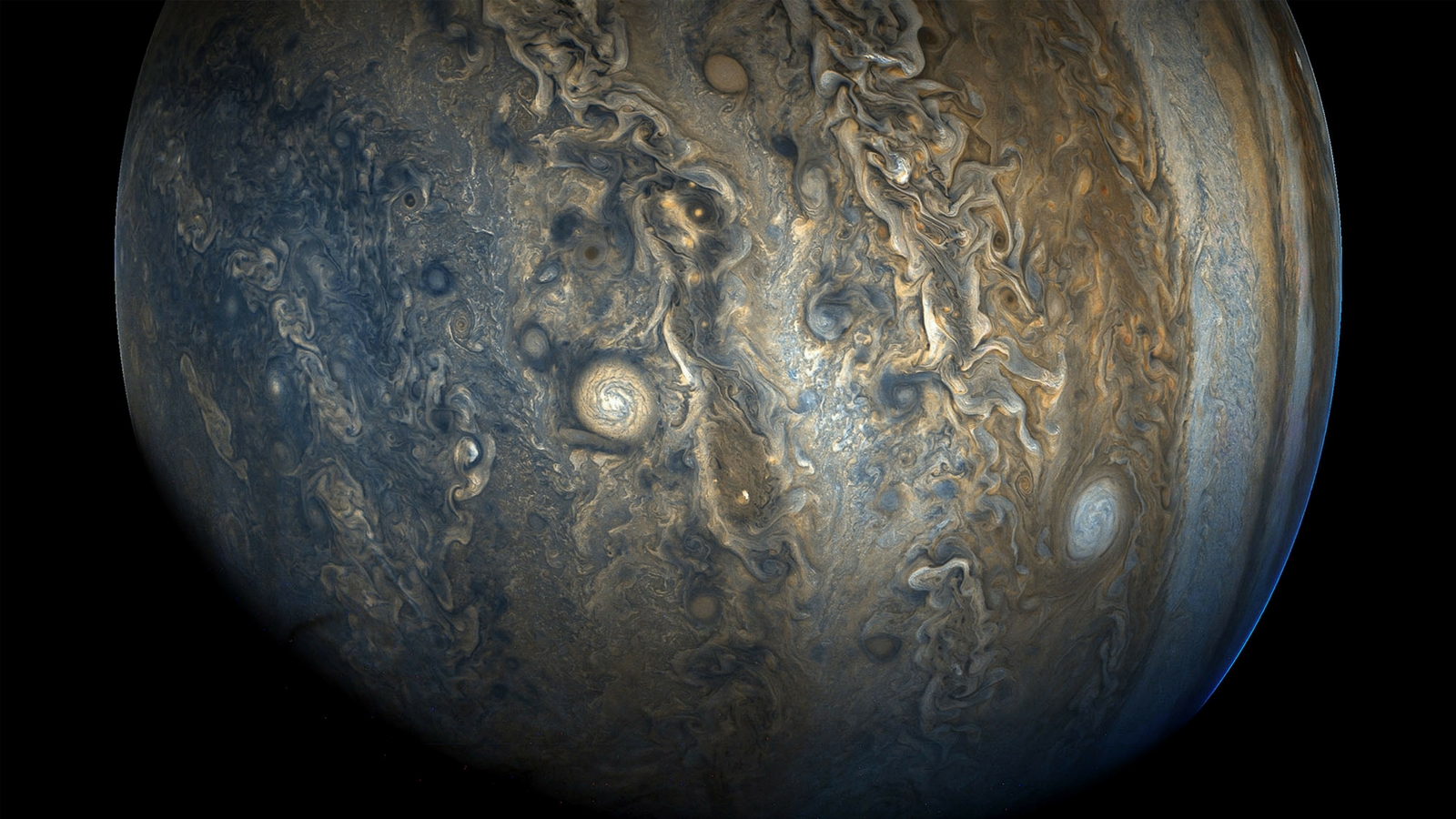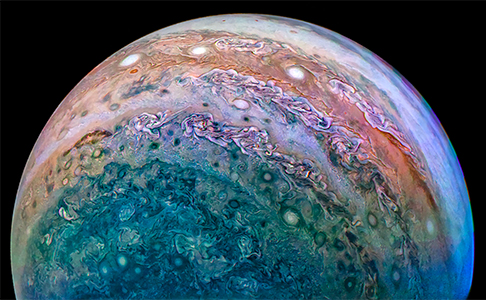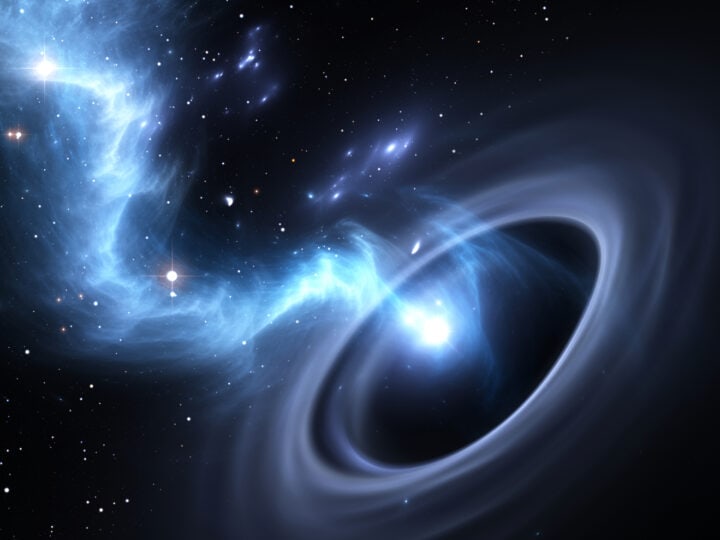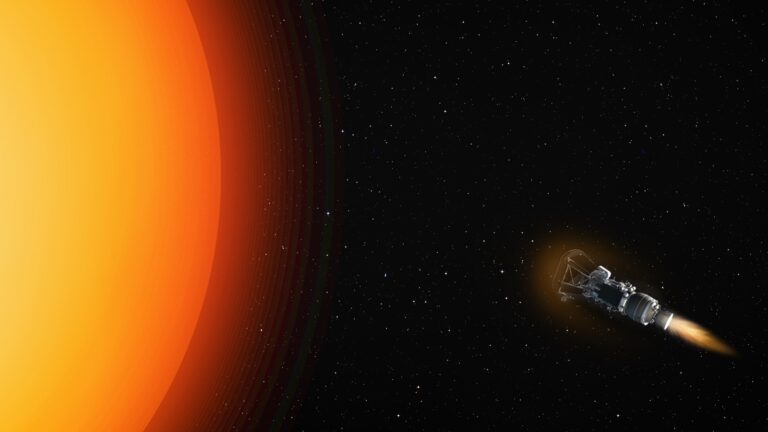For decades, scientists have been asking questions about Jupiter’s famous stripes. Are the colorful bands, caused by belts of strong winds circling the planet, just a pretty surface phenomenon, or are they a significant stratum of the planet? New findings suggest that the stripes extend to a depth much deeper than scientists previously estimated, helping to create a new picture of Jupiter’s atmosphere as well as its inner layers.
The studies, published in Nature today, were conducted by a team of researchers led by Prof. Yohai Kaspi and Eli Galanti of Israel’s Weizmann Institute, along with Prof. Luciano Less of Sapienza University of Rome, and Prof. Tristan Guillot of the Observatoire de la Cote d’Azur.
“Jupiter’s atmosphere is many times greater than anything we have seen before,” said Kaspi, who analyzed measurements from NASA’s Juno spacecraft to reveal that the planet’s stripes extend to a depth of about 3,000 km.
Juno orbits Jupiter every 53 days, allowing researchers to observe what lies below the planet’s surface. Using radio waves, Juno sends measurements back to Earth including those of the planet’s gravity field. As the planet’s gravity pulls on the spacecraft in its flyby, the radio signal is also shifted a bit; this tiny shift in the wavelengths is measurable. And since the flybys are in different orbits each time, they can sample the gravitational field of different parts of the planet.

Even before Juno was launched nearly seven years ago, Kaspi and Galanti had been preparing for this research. They built mathematical tools to analyze the gravitational field data, which would allow them to get a grasp on Jupiter’s atmosphere. Kaspi explained that the planet’s wind belts, which are much stronger than the fiercest winds on Earth with speeds of up to 220 mph in places – stronger than a Category-5 hurricane, cause an imbalance in its distribution of mass. Measuring this imbalance – changes in the planet’s gravity field – would allow them to calculate how deep the storms extend below the surface.
Kaspi’s calculations and results from Juno revealed asymmetry in the gravitational fields between north to south. Using this data, the researchers determined that the wind belts – these stripes observed by Galileo – extend 3,000 km deep. In addition to determining the depth, Kaspi and Galanti also developed a method to determine precisely how those flows change with depth.
Calculations based on the findings reveal that Jupiter’s atmosphere is 1% of its total mass. “That is much more than anyone thought and more than what has been known from other planets in the Solar System, says Kaspi. “That is basically a mass equal to three Earths moving at speeds of tens of meters per second.”
The researchers plan to continue their studies to further analyze Jupiter’s core as well as its Great Red Spot.
Fighting for Israel's truth
We cover what makes life in Israel so special — it's people. A non-profit organization, ISRAEL21c's team of journalists are committed to telling stories that humanize Israelis and show their positive impact on our world. You can bring these stories to life by making a donation of $6/month.









